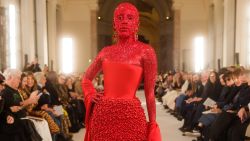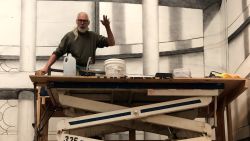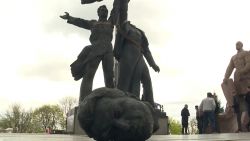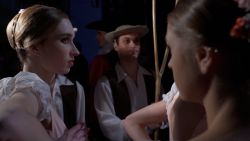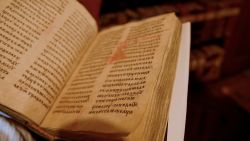On Thursday night, a crowd gathered in Hobart, Tasmania, to watch a man be buried alive.
Mike Parr was lowered into a steel chamber in the ground with only sketching materials, a book, a bucket, and a meditation stool. Then, the road was sealed up, and traffic continued above Parr’s head.
This is the 73-year-old Australian performance artist’s latest work, titled “Underneath the Bitumen the Artist,” as part of Tasmania’s annual Dark Mofo music and arts festival. Parr will remain underground for 72 hours with no food, only water, until the chamber is dug up again on Sunday night.
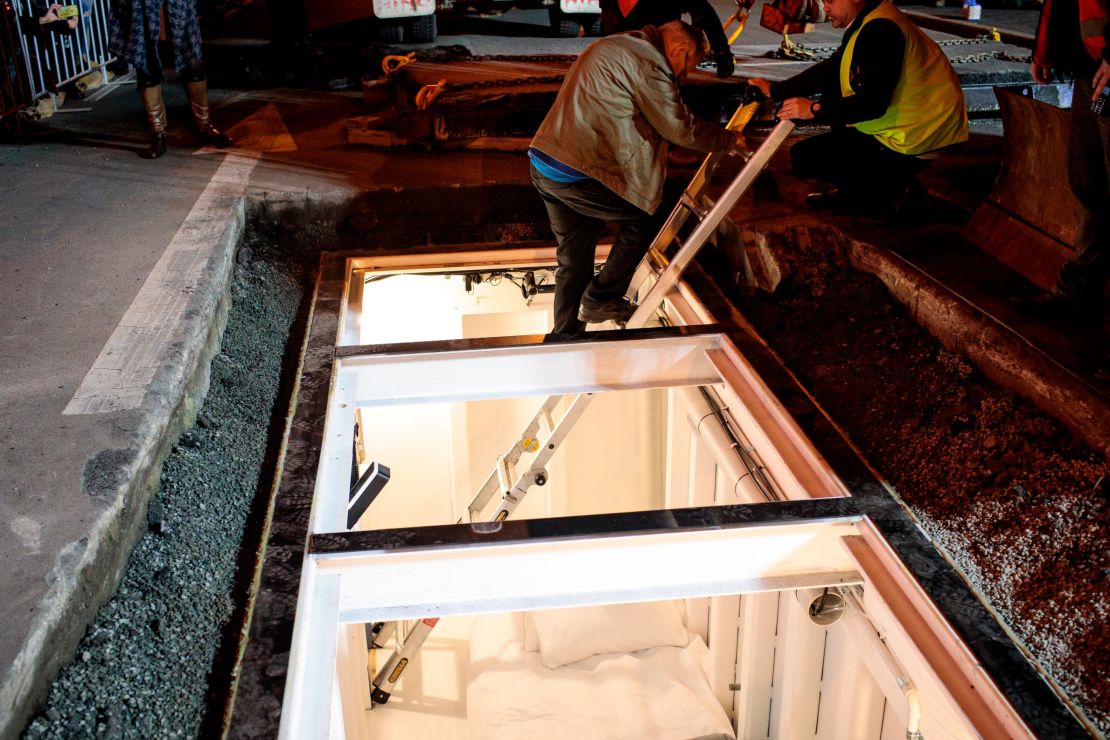
According to a statement from Dark Mofo, Parr’s performance memorializes Indigenous victims of British colonial violence. After martial law was declared against Aboriginal Tasmanians in 1828, violence escalated as Aboriginal people were driven from their territory. Up to 900 Aboriginal people and 200 colonists are estimated to have died in the conflict.
“It is a story that is not well known, but is ever-present, just beneath the surface of our contemporary culture,” Dark Mofo Creative Director Leigh Carmichael said in a statement.
“The fact that Mike Parr’s work will happen underground, just out of sight, as everyday life continues above it, is clearly no coincidence.”
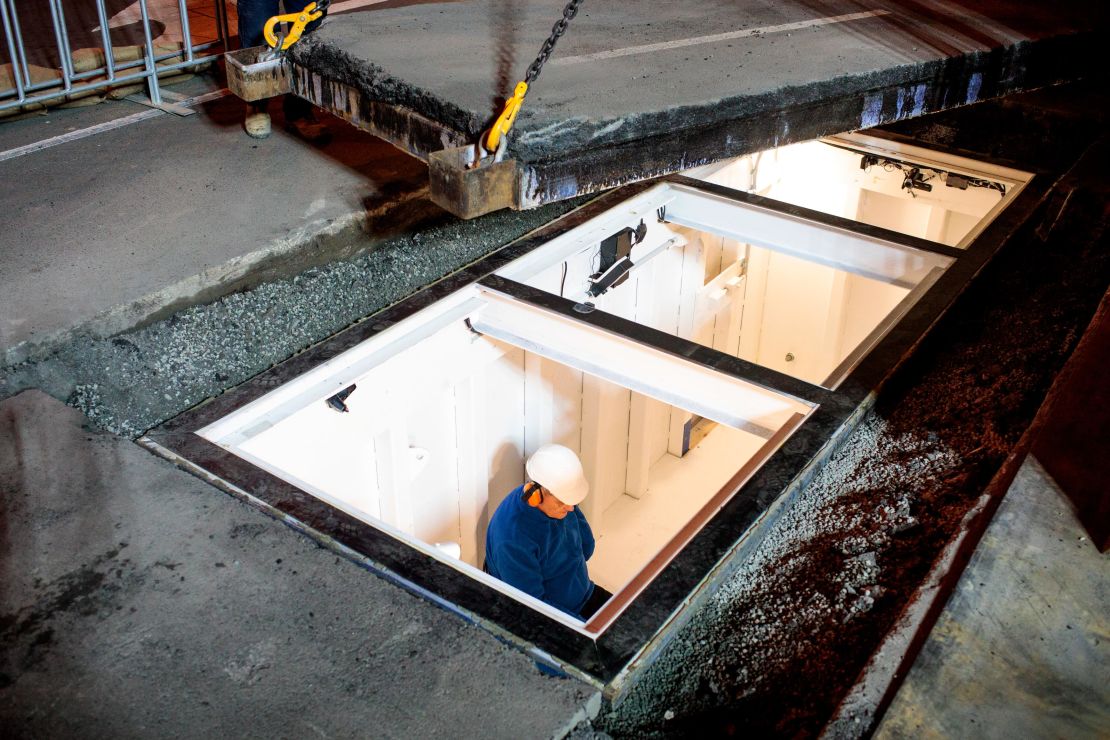
Macquarie Street, where Parr placed his chamber, is one of the busiest streets in Hobart.
“The public will be able to witness the artist’s “disappearance” under the road, but following the entombment, the road will be returned to familiar use,” read the statement. “The anxiety of the artist’s disappearance is the point of the piece.”
As with many of Parr’s performances, this work drew controversy. Hobart Mayor Ron Christie voted against allowing the performance, citing traffic concerns, but was overruled by a majority vote in favor by the council.
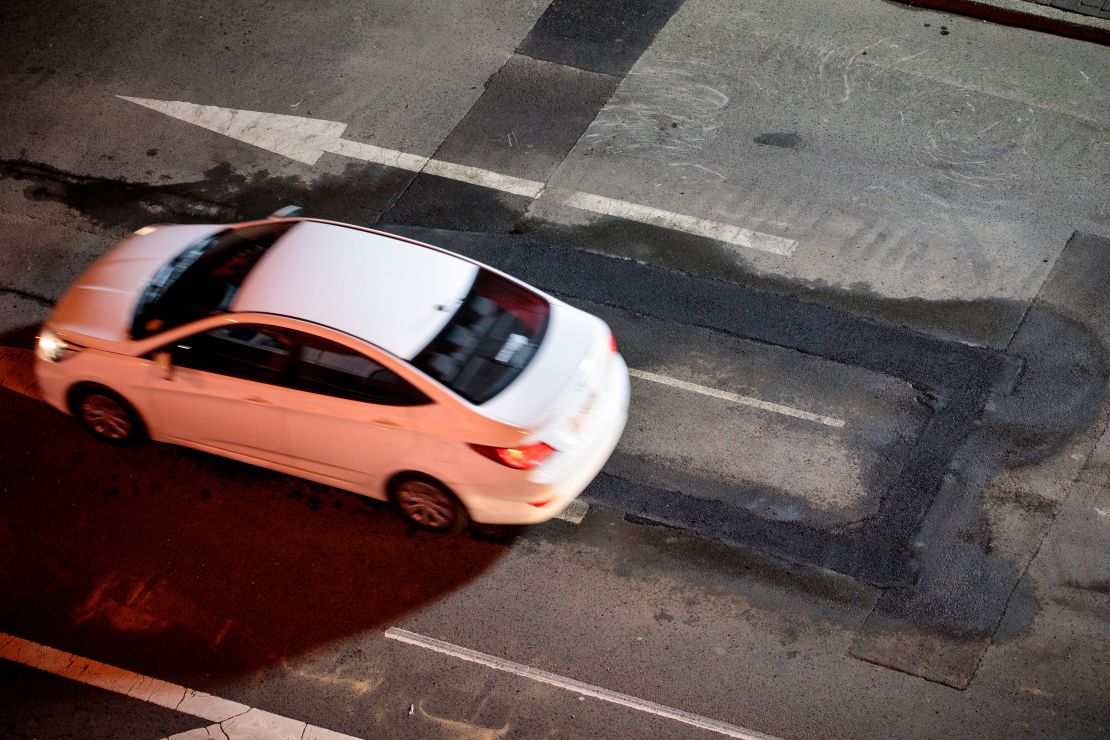
“We have enough traffic problems in Hobart now without any more occurring, so that’s one of the reasons I voted against it,” Christie told the Australian Broadcasting Corporation.
However Christie said he welcomed the focus on a small Australian city that rarely garners international attention.
“They get what they want but we also get what we want, and that is that we bring money into our economy here — and we’re not talking about tens of thousands, we’re talking about millions of dollars and each year it’s gaining worldwide recognition.”
Michael Mansell, spokesperson for the Tasmanian Aboriginal Centre (TAC), said he supported efforts to bring attention to injustices subjected to Australia’s Indigenous population.
“He took this extreme action to honor the victims of genocide in the 19th century,” Mansell said.
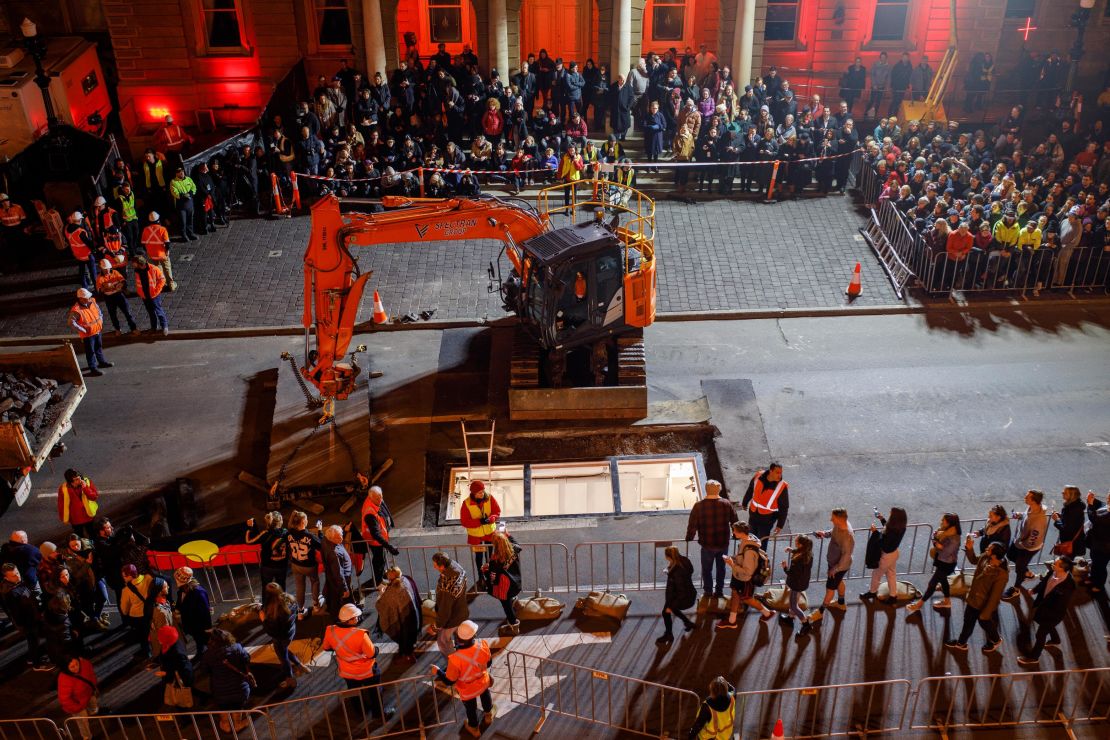
“He makes the point that he’s going underground because that’s the way the true history of Tasmania has been pushed underground and out of sight.”
Some have criticized Parr’s performance as overly extreme, showy, or a waste of money.
“I think that’s a convenient strategy to distract people’s attention from the very point he makes,” Mansell said of those criticisms.
Parr is no stranger to extreme performances; he has previously sewn together his lips, branded his skin, pushed tacks into his legs, and held his fingers in a candle flame. Many performances aimed to address issues such as asylum seekers and mental health. This is Parr’s third and last time performing for the festival, which is organized by the Museum of Old and New Art.


